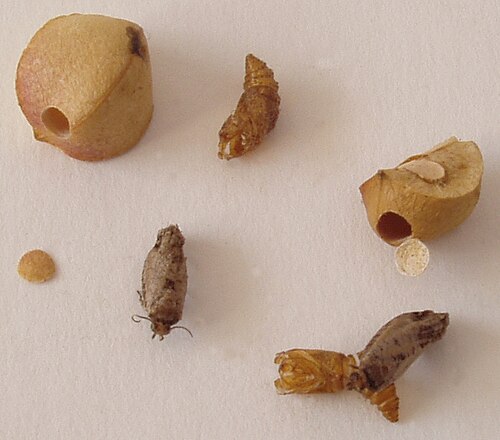There are many families of moths, even more families than Butterflies, so this will cover some of the most common and recognizable.
Family Noctuidae (Owlet Moths)
Owlet moth species are found world wide are are characterized by being robust in appearance with dull colors, though there are some species with brightly colored hind wings. Many species of this family of moths are common prey for bats and have developed tiny ear like structures that can detect the bats echolocation.
.jpg)
Family Arctiidae (Woolly bears)
This family of moths is characterized by the hairy appearance of their caterpillar larvae as the name for this family comes from the Greek word “arctos”, meaning bear. While species for this family are found all around the world they are mainly located in tropical climates. This family of moths is also sensitive to bat sonar, though uniquely they can produce their own ultrasonic sound which they use for mating as well as predatory defense. This capabilities allows them to interfere the the bats ultrasounds and make it difficult to locate prey. Some species have adapted to cold temperatures by producing a protectant chemical that acts and a natural antifreeze.
Family Tortricidae (Lear-Roller Moth)
This family is characterized by their caterpillar larvae which roll the leaves in which they pupate. The famous Mexican Jumping Bean is actually cause by the movement of the species Cydia deshaisiana, which lives in seeds. The larvae of these species are a popular prey of many birds as they often feed on dead leaves on the forest floors.
